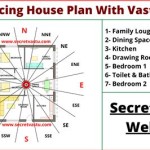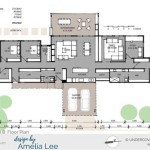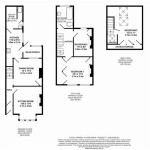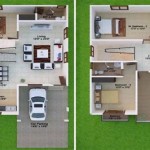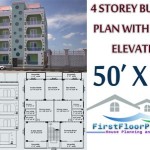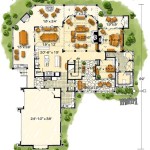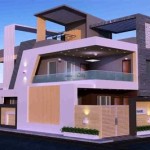Designing an Energy-Efficient House Plan: A Comprehensive Guide
Energy efficiency is a crucial consideration in modern home design. An energy-efficient house plan minimizes energy consumption, reduces utility bills, and contributes to a smaller environmental footprint. This article explores key aspects of designing and implementing an energy-efficient house plan.
Orientation and Site Selection
Proper orientation and site selection are fundamental for maximizing energy efficiency. Positioning a home to take advantage of natural elements, like sunlight and wind, can significantly impact heating and cooling needs.
Key considerations include:
- Maximizing southern exposure for passive solar heating.
- Utilizing shade trees for cooling during summer months.
- Considering prevailing winds for natural ventilation.
- Analyzing the topography of the land for optimal placement.
- Evaluating microclimates within the site.
Building Envelope Optimization
The building envelope, comprising the walls, roof, and foundation, plays a vital role in energy efficiency. A well-designed envelope minimizes heat transfer, preventing energy loss during winter and heat gain during summer.
Key strategies include:
- Employing high-performance insulation materials in walls, roofs, and floors.
- Installing high-quality, energy-efficient windows and doors.
- Sealing air leaks and cracks to minimize drafts and energy loss.
- Using thermal breaks in framing to reduce thermal bridging.
- Opting for light-colored roofing materials to reflect sunlight and reduce heat absorption.
Efficient Heating and Cooling Systems
Heating and cooling systems account for a significant portion of household energy consumption. Selecting energy-efficient systems and optimizing their performance is crucial for an energy-efficient home.
Key considerations include:
- Installing high-efficiency HVAC systems, such as heat pumps or geothermal systems.
- Utilizing programmable thermostats to optimize temperature control.
- Implementing zoning systems to heat or cool only occupied areas.
- Regularly maintaining HVAC equipment for optimal performance.
- Considering ductless mini-split systems for targeted heating and cooling.
Water Heating Efficiency
Water heating represents another significant energy expense in homes. Implementing strategies to reduce water heating needs can significantly improve overall energy efficiency.
Key strategies include:
- Installing low-flow showerheads and faucets.
- Using high-efficiency water heaters, such as tankless or heat pump water heaters.
- Insulating hot water pipes to reduce heat loss.
- Fixing leaks promptly to prevent water waste.
- Considering greywater recycling systems for non-potable water uses.
Lighting and Appliances
Lighting and appliances contribute significantly to household energy consumption. Selecting energy-efficient options can drastically reduce energy usage and utility costs.
Key considerations include:
- Utilizing LED lighting throughout the home.
- Installing occupancy sensors and timers to control lighting usage.
- Choosing Energy Star-rated appliances.
- Properly sizing appliances to avoid overconsumption.
- Unplugging electronics and appliances when not in use.
Renewable Energy Integration
Integrating renewable energy sources into the house plan can further enhance energy efficiency and reduce reliance on fossil fuels.
Key options include:
- Installing solar photovoltaic (PV) panels for electricity generation.
- Utilizing solar thermal systems for water heating.
- Exploring wind turbines for electricity generation in suitable locations.
- Considering geothermal heat pumps for efficient heating and cooling.
Ventilation and Indoor Air Quality
Proper ventilation is essential for maintaining healthy indoor air quality while minimizing energy loss. A well-designed ventilation system can effectively remove pollutants and moisture while minimizing drafts and heat loss.
Key considerations include:
- Installing a heat recovery ventilator (HRV) or energy recovery ventilator (ERV) to exchange stale indoor air with fresh outdoor air while minimizing energy loss.
- Sealing ducts and ensuring proper airflow to maximize ventilation efficiency.
- Using natural ventilation strategies, such as operable windows and cross-ventilation, when appropriate.
- Monitoring indoor air quality and addressing any potential issues promptly.
By incorporating these elements into a house plan, significant energy savings can be achieved, resulting in lower utility bills, reduced environmental impact, and a more comfortable and sustainable living environment.

Energy Efficient Home Things To Consider Perry Homes

Cool Energy Efficient Concrete House Plans Houseplans Blog Com

What Makes An Energy Efficient Home So

Energy Efficient Home

Energy Efficient House Plan 55060br Architectural Designs Plans

Floor Plan Friday An Energy Efficient Home House Plans L Shaped
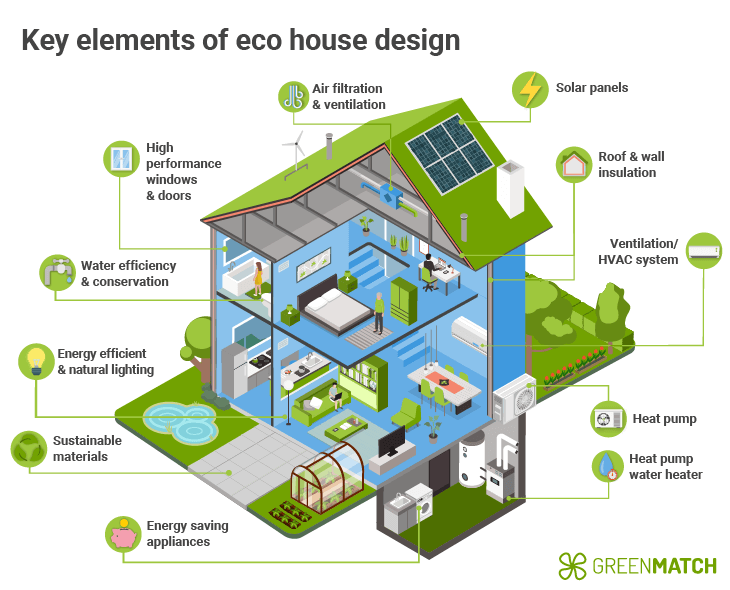
Eco Design Energy Efficient Homes Greenmatch Co
Energy Efficient House Abc Education

How To Build An Energy Efficient Home
Seven Efficient And Flexible Floor Plans Builder

